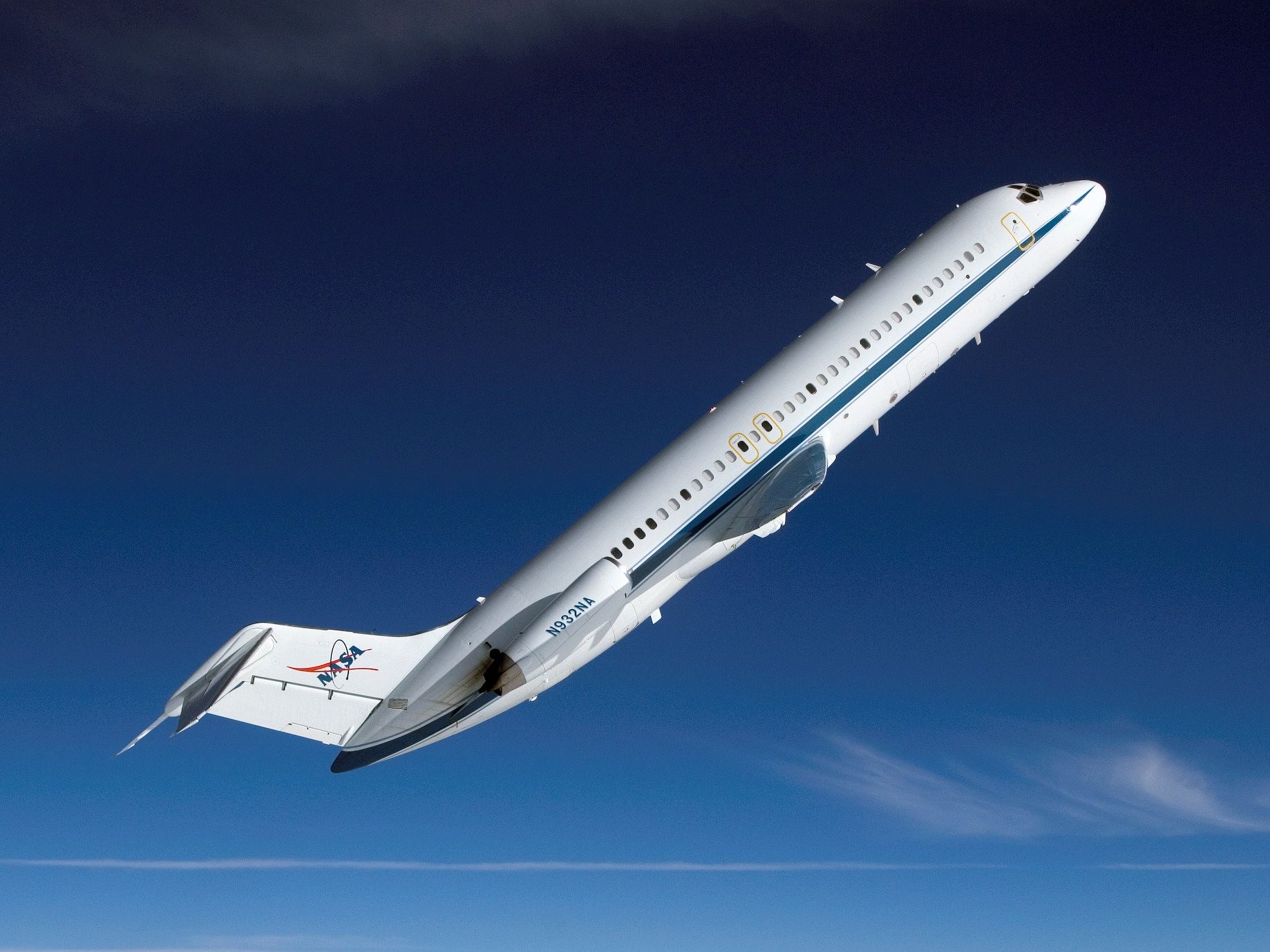Standing upright with zero-G while being zapped in the brain. To investigate how our vestibular sensory organs function, Patrick Forbes will throw his human “guinea pigs” off balance on ESA’s zero-G flight. Why? So we will hopefully one day be able to stand upright and walk straight on Mars
Free floating cats and tropical fish swimming in nose-down loops when in weightlessness; strange things have happened on ESA’s parabolic flights during the parabolic flight campaigns for students. But the most peculiar experiment has yet to come.
Dr. Patrick Forbes, a postdoc in the department of biomechanical engineering, will be leading a team of five students that have been awarded the opportunity to perform human experiments under zero-G conditions. The team wants to find out how we stay upright, and what role gravity plays in our balance system, which is heavily influenced by the vestibular sensory structures set behind our middle ear.
Several times a year the European Space Agency allows for researchers and students to perform experiments in weightlessness in an Airbus – nicknamed vomit comet – based at Bordeaux-Mérignac Airport (France).
Electric pulses
Imagine being in an airplane steeply climbing with a pitch angle of 50 degrees. You experience twice the gravitational force you are used to on earth. Restraining you, even more, are a set of springs together with a trampoline harness that pull you towards the floor. You may feel nauseous. When the pilot lowers the nose, the aircraft starts following a ballistic trajectory. Suddenly you feel weightless. At that point, Forbes starts sending electric pulses through your brain.
Such will be the faith of the master’s and PhD students from the Erasmus Medical Centre and TU Delft that comprise the group. They are all trained in neuroscience and biomedical engineering. They will fly three days in a row next autumn. Each flight consists of thirty parabolas, and each parabolic arc generates about 20 seconds of microgravity.
Missions to Mars
Why go through all this trouble? “Gravitational forces are an important input for our balance system,” said Forbes. “We want to understand how important. Our research may prove useful for future space missions to alien planets like Mars.
“Gravitation on Mars is one-third of that on Earth. Since gravity is one of the key inputs for our balance system, and on Mars will be very different from what we experience on Earth, you may be more susceptible to losing balance on Mars than you are on Earth.”
“We think that a good understanding of gravity’s role in our balance system may allow us to set up training programs for astronauts.”
Together with the cochlea, a part of the auditory system, our vestibular system constitutes the labyrinth of the inner ear. The vestibular system sends signals primarily to the neural structures that control eye movements, and to the muscles that help us keep our balance.
Artificial perceptions
“During the experiments, the vestibular organ will sense weightlessness. Despite being weightless, the human subjects will still need to exert force to stand upright because a set of springs will be pulling them down. This is a situation you would normally never encounter in life and underscore the importance of doing them in a parabolic flight.”
With an electrical stimulus – small electrical currents applied to the brain – the Delft researcher will evoke artificial perceptions of motion in these human “guinea pigs”. “We will measure the amount of muscle activity,” said Forbes. “Since there is no gravity acting on the vestibular organ, we think people will react less than they would under normal conditions on Earth.”
World was turned upside down
Forbes is used to messing around with people’s senses. After his graduation, cum laude at 3mE in 2014, he received a Marie Curie award to work on a project with TU Delft and the University of British Columbia in Vancouver, Canada. He performed experiments in which he braced subjects on top of a robotic balance system.
The robot could reverse the body sway responses that would occur when subjects pressed down with their feet; in some sense, the world was turned upside down.
“Remarkably our vestibular system has little problem coping with this strange situation,” he said. “The brain will figure out that it has to inverse its compensatory ankle responses within 30 seconds. This is similar to being able to step from shore to a stand-up paddle board, something your brain can manage very quickly.”
An article about this discovery appeared earlier this month in The Journal of Neuroscience.
ESA’s zero-G student flights
ESA’s parabolic flight campaigns dedicated to students started in 1994. The Aerospace Students Association of TU Delft first proposed the idea and ESA accepted.
The participants are selected through a competition based on their proposal for an experiment that can be carried out in 25 seconds of zero-gravity, including the experiment’s originality, its demonstration value for microgravity research and its educational value.
The 1994 TU Delft team used a mechanical ‘space cat’ that they had created, to demonstrate the cat’s ability to turn itself while in free fall, a capability that cats use to always land on their feet.
Another team, consisting of a Norwegian and a Dutch student, designed a ‘pizza table’ that used air suction to hold the pizza on the table in microgravity and, just as importantly, to collect the crumbs. The table drew a lot of interest from Space Station engineers.
A German student studied the rapid motion of mimosa leaves in microgravity.And British students flew a small aquarium containing tropical fish.



Comments are closed.